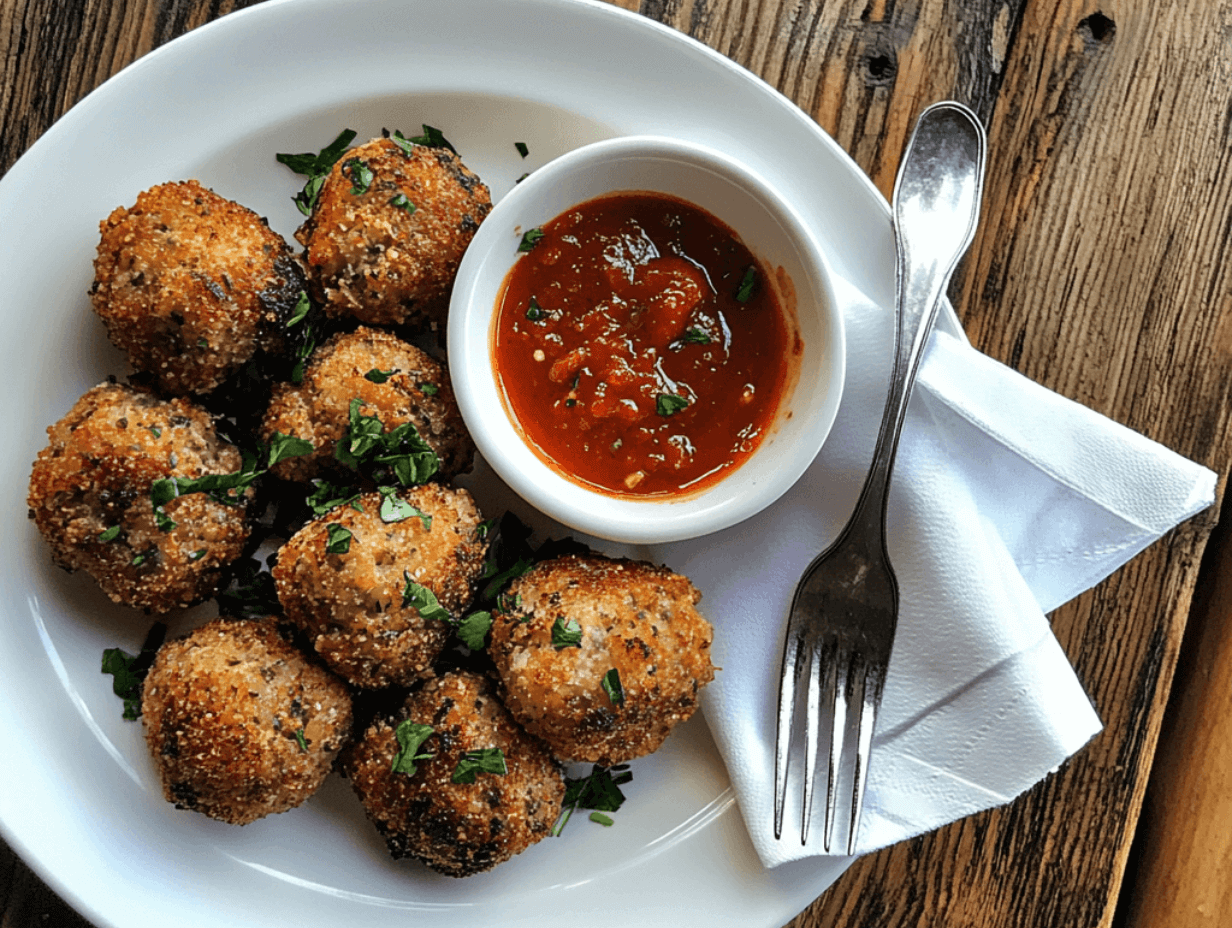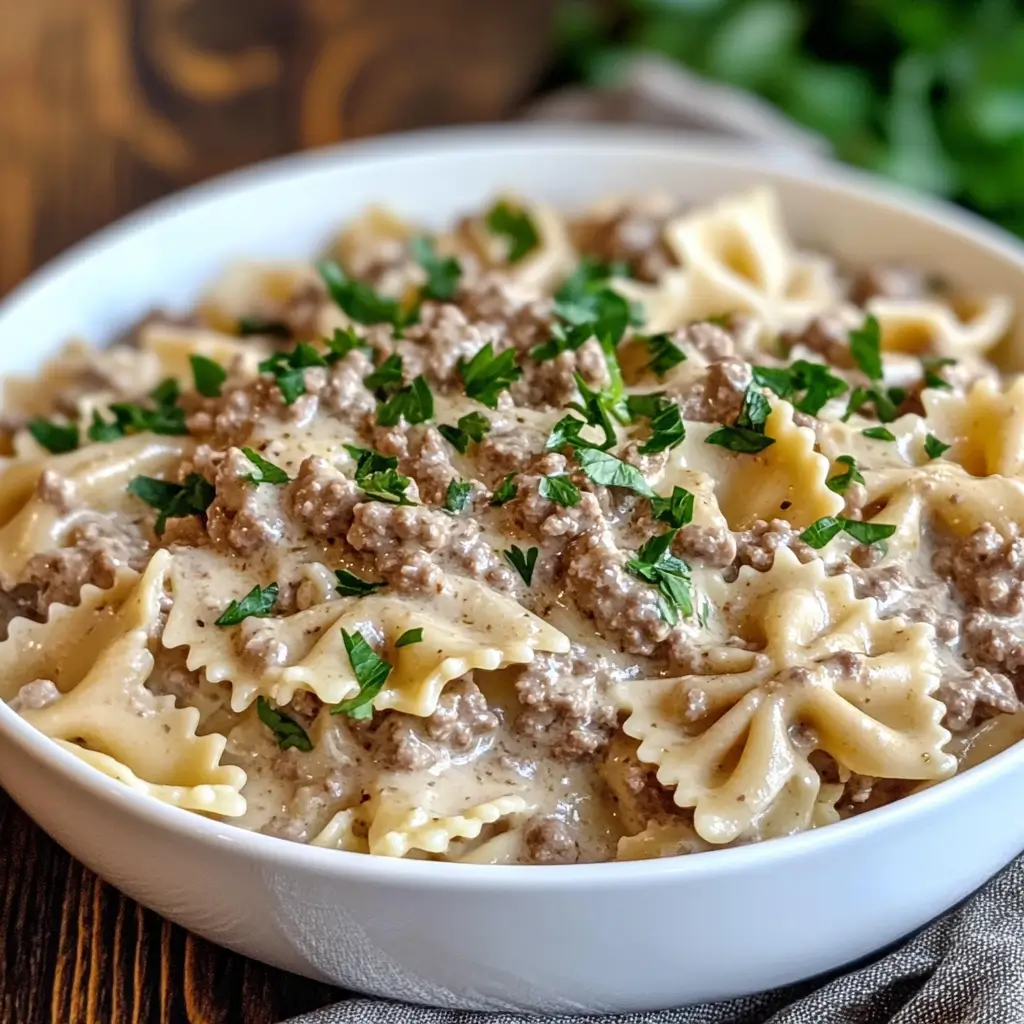Table of contents
Meatballs are a beloved dish enjoyed across the globe, featured in countless recipes and cuisines. From Italian-style meatballs served with marinara sauce and pasta to Swedish meatballs in creamy gravy, their versatility makes them a favorite comfort food. But many cooks ask, What is the secret to firm meatballs? This question holds the key to creating meatballs that are firm enough to hold their shape during cooking, yet tender and juicy when eaten. Achieving this perfect texture requires more than just rolling ground meat into balls—it’s about mastering the right blend of ingredients, techniques, and cooking methods.
In this guide, we’ll explore the secrets behind firm meatballs, including tips on ingredient selection, preparation techniques, and cooking methods. Whether you’re crafting meatballs for a family dinner or a hearty sandwich, these steps will ensure you get it right every time.
Understanding the Basics
Before diving into the secrets of firm meatballs, it’s important to understand the basics. Why does texture matter so much, and what common mistakes might derail your efforts? Let’s explore these foundational concepts.
Why Does Texture Matter in Meatballs?
One of the most common questions from home cooks is, What is the secret to firm meatballs? The texture of a meatball defines its quality. Firm meatballs are easier to handle, stay intact during cooking, and provide a satisfying bite. They are especially important in dishes like spaghetti with meatballs, where they need to hold up in sauce.
A perfectly textured meatball strikes a balance—firm enough to keep its shape but tender enough to melt in your mouth. Understanding this balance is crucial in learning what is the secret to firm meatballs.
Common Mistakes That Lead to Soggy or Tough Meatballs
To uncover what is the secret to firm meatballs, it’s important to avoid these pitfalls:
- Overmixing the Mixture: Handling the mixture too much compresses the meat, making it dense.
- Skipping Binders: Ingredients like eggs and breadcrumbs are essential for firm, structured meatballs.
- Choosing the Wrong Meat: Lean meats often lack the fat needed to maintain texture.
- Cooking at Incorrect Temperatures: Overcooking dries out meatballs, while undercooking leaves them too soft.
- Skipping Rest Time: Letting the mixture rest ensures even seasoning and a better texture.
Avoiding these mistakes helps you master what is the secret to firm meatballs every time. these issues, you lay the groundwork for meatballs that are firm, flavorful, and just the right amount of tender.
Key Ingredients for Firm Meatballs
The ingredients you choose play a pivotal role in achieving the perfect firmness. Here’s a closer look at what to prioritize in your recipe.
Protein Choices: Ground Beef, Pork, and More
The type of meat used is the foundation of any good meatball. Combining meats is often the best approach for balanced texture and flavor. Common combinations include:
- Ground Beef: Provides structure and a robust flavor.
- Ground Pork: Adds fat and richness to the mixture.
- Ground Veal or Chicken: Offers a delicate texture, but may require additional fat to prevent dryness.
Binding Agents: Eggs, Breadcrumbs, and Beyond
Binders are essential for holding the meatball mixture together and ensuring firmness:
- Eggs: Add moisture and act as a natural glue.
- Breadcrumbs: Provide bulk and absorb excess moisture for a balanced texture.
- Dairy Products: Ingredients like ricotta cheese or milk-soaked bread can add softness while supporting structure.
- Alternative Options: For gluten-free variations, consider oats, almond flour, or crushed crackers.
Secret Ingredients for Firmness
Certain lesser-known ingredients can work wonders for achieving firmness:
- Parmesan Cheese: Adds flavor and helps the mixture bind.
- Gelatin: Dissolved in water, it adds elasticity and firmness.
- Mashed Potatoes: A surprising addition that adds structure without dryness.
Each ingredient plays a specific role, and using the right combination can transform your meatballs into culinary perfection.
Techniques for Preparation

Even the best ingredients won’t save a meatball if the preparation process is flawed. Follow these expert tips to ensure your meatball mixture is just right.
Mixing Meatball Mixtures Properly
The way you combine the ingredients matters as much as the ingredients themselves:
- Gentle Mixing: Overmixing compacts the meat, making it dense. Mix gently with your hands until the ingredients are just combined.
- Uniform Distribution: Make sure binders and seasonings are evenly incorporated for consistent results.
- Chilling the Mixture: Letting the mixture rest in the refrigerator for 15-30 minutes helps it firm up, making it easier to shape.
The Role of Resting Time
Allowing meatballs to rest after shaping and before cooking is crucial:
- Preserves Shape: Resting ensures the meatballs hold their form during cooking.
- Enhances Flavor: The resting period allows the flavors to meld and the mixture to set.
By mastering these techniques, you’re well on your way to creating perfectly firm meatballs.
Cooking Methods to Ensure Firmness
Once your meatball mixture is perfectly prepared, the next step is choosing the right cooking method. How you cook your meatballs will have a significant impact on their texture. Let’s explore the best techniques to ensure they are firm yet tender.
Pan-Frying: Getting the Perfect Crust
Pan-frying meatballs is a classic technique that adds a delicious golden crust. This method is ideal if you want a slightly crispy exterior while keeping the interior moist and firm.
- Step-by-Step Guide:
- Heat a generous amount of oil (olive oil or neutral oil like canola) in a skillet over medium-high heat.
- Place the meatballs in the pan, ensuring they are not overcrowded. This allows even browning.
- Sear each side for about 2-3 minutes, turning gently with tongs or a spatula to avoid breaking them apart.
- Finish cooking in the pan or transfer to an oven to cook through.
- Tips for Success:
- Use a nonstick or well-seasoned cast-iron skillet to prevent sticking.
- Avoid excessive turning; let each side brown fully before flipping.
Pan-frying locks in flavor and creates a satisfying texture contrast, making it a favorite for many home cooks.
Baking for Uniform Firmness
Baking is a hassle-free method that yields evenly cooked, firm meatballs. This technique is perfect for larger batches or when you want to avoid standing over a hot stove.
- Step-by-Step Guide:
- Preheat your oven to 375°F (190°C) and line a baking sheet with parchment paper or aluminum foil.
- Place the shaped meatballs on the sheet, spacing them evenly apart.
- Bake for 20-25 minutes, depending on the size, turning halfway through for even cooking.
- Check doneness with a meat thermometer—internal temperature should reach 160°F (71°C).
- Advantages of Baking:
- Minimal oil required, making it a healthier option.
- Consistent cooking with less risk of breaking the meatballs.
Baking allows the meatballs to maintain their round shape and firm texture without constant supervision.
Simmering in Sauce: The Balancing Act

Cooking meatballs directly in a sauce is another popular method, especially for dishes like spaghetti and meatballs. However, it requires careful attention to maintain firmness.
- Step-by-Step Guide:
- Brown the meatballs lightly in a skillet to create a firm exterior.
- Transfer them into the simmering sauce, ensuring the sauce covers at least three-fourths of each meatball.
- Cook over low heat for 20-30 minutes, stirring gently to prevent sticking.
- Benefits of Simmering:
- Infuses the meatballs with rich flavors from the sauce.
- Keeps them moist while allowing them to hold their shape.
This method is ideal for softer sauces like marinara, curry, or creamy gravies that complement the texture of the meatballs.
Troubleshooting Common Problems
What is the secret to firm meatballs when things go wrong? Here are some solutions:
- Falling Apart: Use more binders and chill the meatballs before cooking.
- Too Dense: Add moisture-rich ingredients like milk or ricotta.
- Soggy Texture: Adjust the ratio of wet to dry ingredients in the mixture.
Overly Dense or Dry Meatballs
If your meatballs turn out too firm or dry, try these remedies:
- Add Moisture: Incorporate milk, grated onion, or ricotta cheese into the mixture.
- Reduce Cooking Time: Overcooking is a common culprit; monitor closely and remove from heat once fully cooked.
- Use Fattier Meat: Lean meats lack the necessary fat for a juicy texture. Combine with pork or use beef with higher fat content.
By addressing these common issues, you’ll be well-equipped to create consistently firm and delicious meatballs.
Frequently Asked Questions
Many home cooks have questions about achieving the perfect meatball texture. Below, we answer some of the most frequently asked questions to help you troubleshoot and refine your meatball-making skills.
Why Are My Meatballs Always Soggy?
Soggy meatballs are often the result of an imbalance in the ingredients or improper cooking techniques. Here are a few possible reasons:
- Too Many Wet Ingredients: Excess milk, grated vegetables, or sauces in the mixture can add too much moisture.
- Lack of Binders: Without adequate breadcrumbs or eggs, the meatballs may lack the structure to hold their shape.
- Not Enough Cooking Time: If meatballs are undercooked, they can feel mushy. Always cook until the internal temperature reaches 160°F (71°C).
To fix this issue, adjust the ratio of wet to dry ingredients and ensure proper cooking techniques.
Can I Make Meatballs Without Breadcrumbs?
Yes, you can make meatballs without breadcrumbs by using alternative binders. Options include:
- Oats: Rolled oats work well, especially in recipes where a slightly denser texture is acceptable.
- Crushed Crackers: Gluten-free crackers or matzo meal can be substituted for breadcrumbs.
- Mashed Potatoes: A unique option that provides moisture and structure without changing the flavor significantly.
Experiment with these substitutes to find what works best for your dietary preferences or ingredient availability.
What Type of Meat Works Best for Firm Meatballs?
A combination of meats often produces the best results. For example:
- Beef and Pork: A classic pairing that provides flavor, fat, and structure.
- Beef, Pork, and Veal: This trio is popular for creating meatballs with a perfect balance of firmness and tenderness.
- Chicken or Turkey: Leaner options work but may require additional fat or moisture, like olive oil or ricotta cheese.
The key is to choose meats with sufficient fat content to prevent dryness while ensuring a firm texture.
Do I Have to Fry Meatballs First?
While frying meatballs first isn’t mandatory, it can enhance the flavor and texture by creating a caramelized crust. If you prefer a lighter or healthier approach, baking or simmering them directly in sauce are excellent alternatives.
How Do I Ensure Meatballs Stay Together While Cooking?
To keep meatballs from falling apart:
- Use enough binders like eggs and breadcrumbs.
- Shape the meatballs firmly but gently—over-packing can make them dense.
- Chill the meatballs before cooking to allow the mixture to set.
These tips help create meatballs that hold their shape through various cooking methods.
Can I Freeze Meatballs for Later Use?
Yes, meatballs freeze beautifully, both cooked and uncooked. Here’s how:
- Uncooked Meatballs: Arrange them on a baking sheet and freeze until solid. Then transfer to a freezer-safe bag. Cook directly from frozen when ready to use.
- Cooked Meatballs: Allow them to cool completely, then freeze in airtight containers. Reheat in sauce or the oven.
Freezing is a convenient way to enjoy homemade meatballs anytime without starting from scratch.
Conclusion
What is the secret to firm meatballs? It’s a combination of careful ingredient selection, proper preparation, and thoughtful cooking techniques. From choosing the right balance of proteins and binders to mastering techniques like gentle mixing and chilling, every step plays a critical role. Cooking methods such as pan-frying, baking, or simmering in sauce further enhance the texture, ensuring your meatballs are firm yet tender. Remember, the secret lies in practice and experimentation. Whether you’re preparing a classic Italian dish or experimenting with flavors, these tips will help you consistently achieve perfect meatballs. Now, put these techniques into action and enjoy culinary success!





